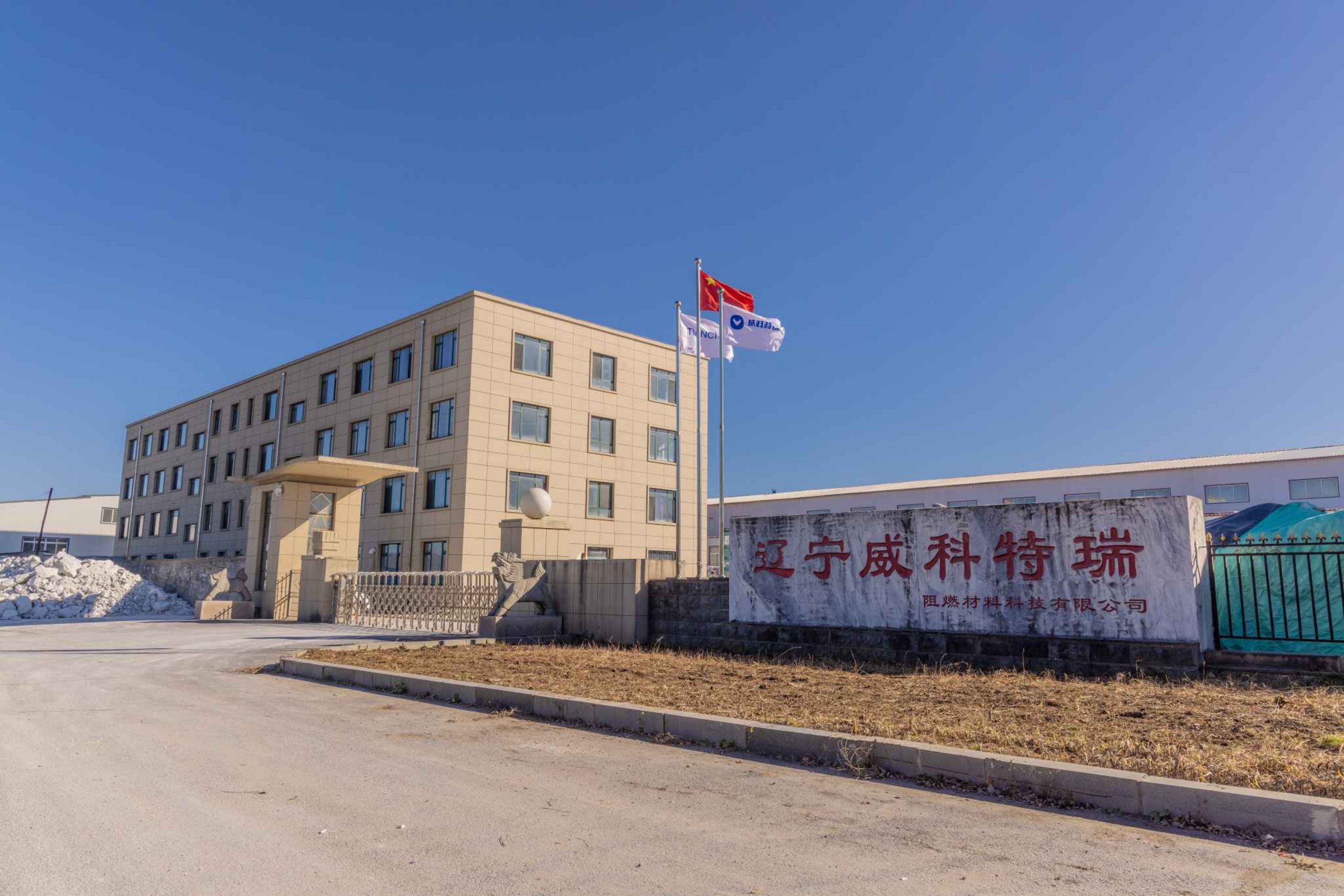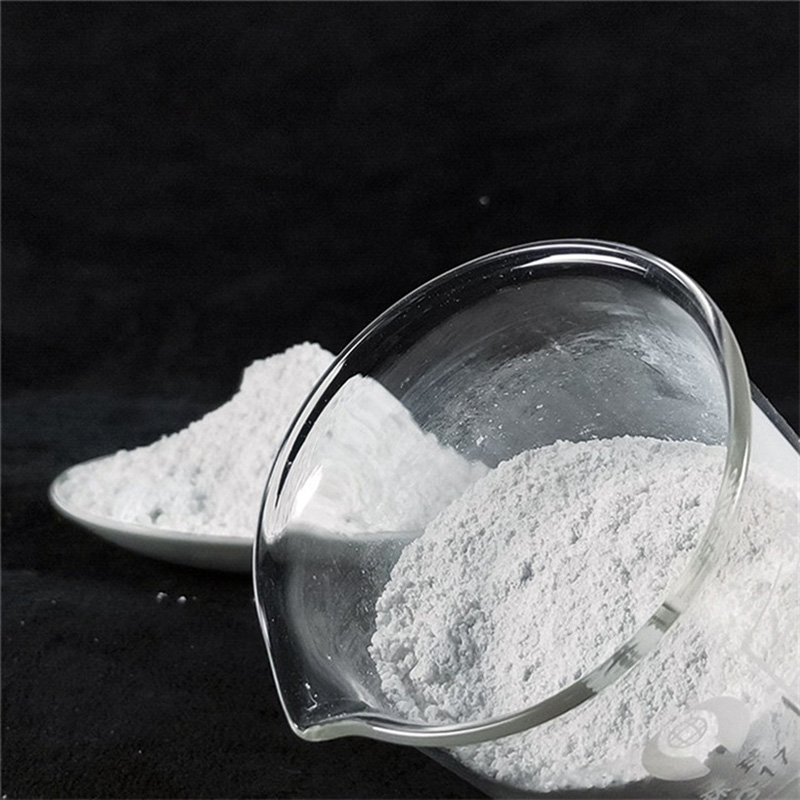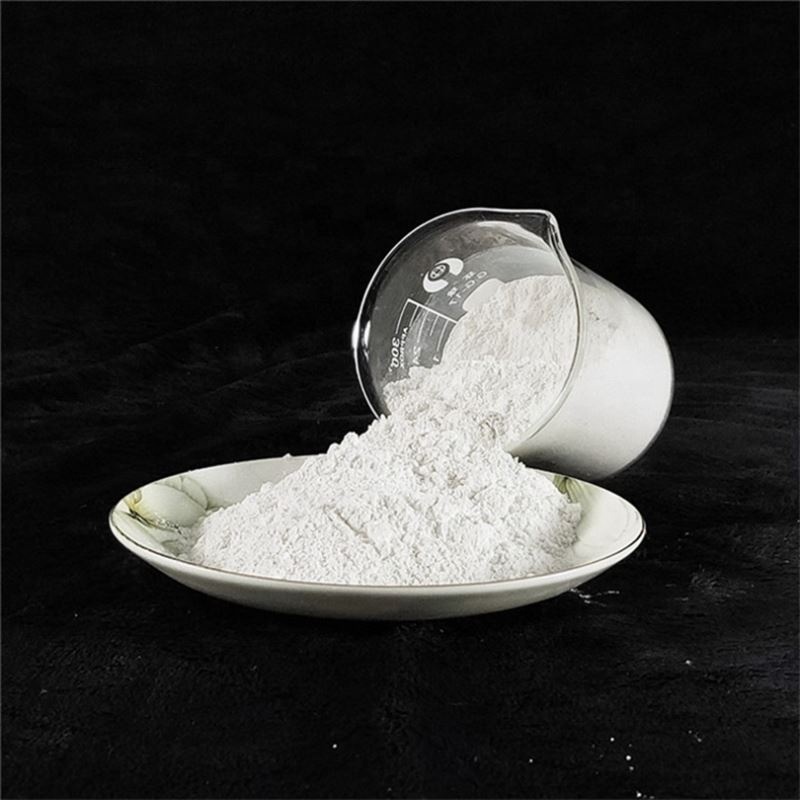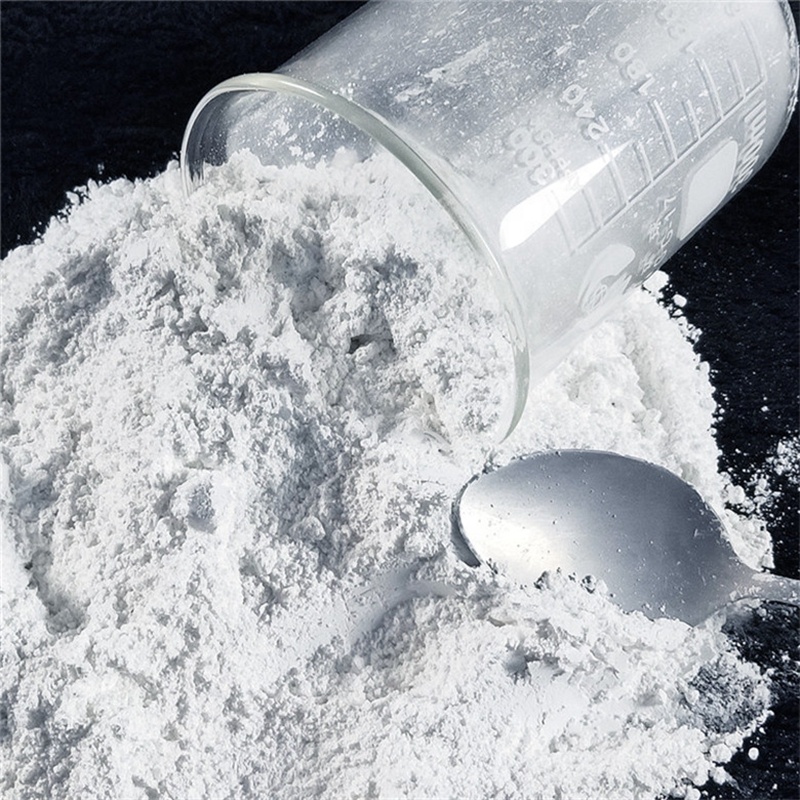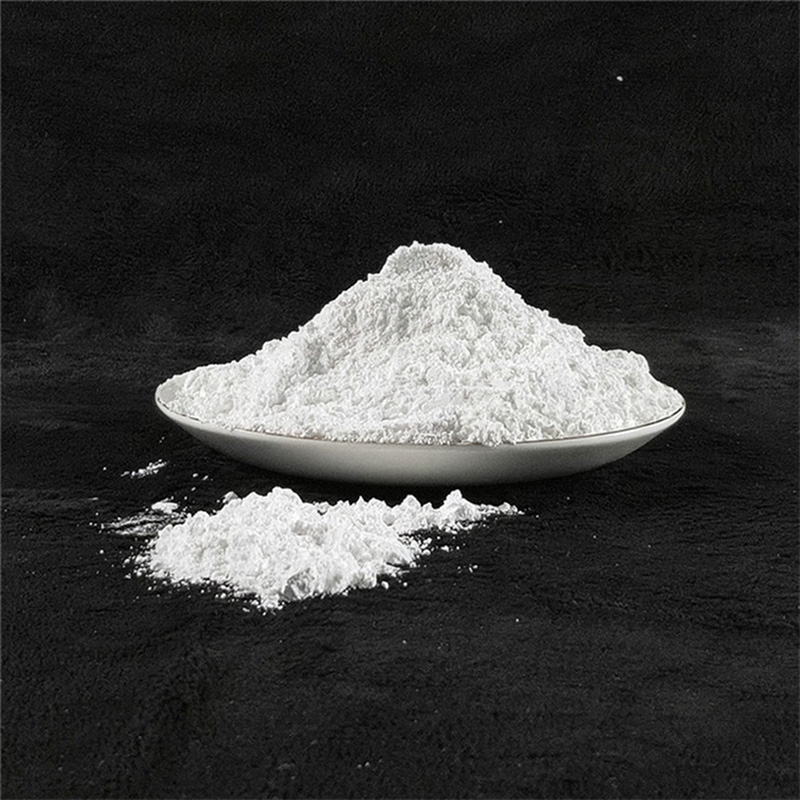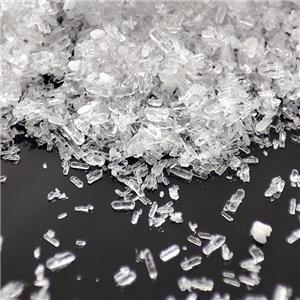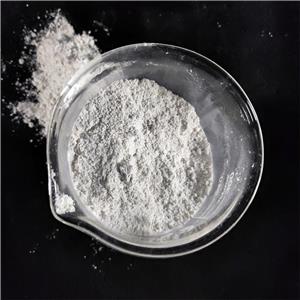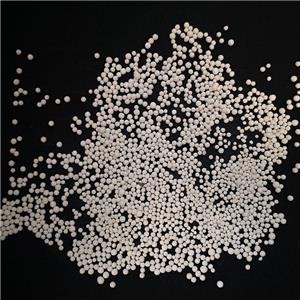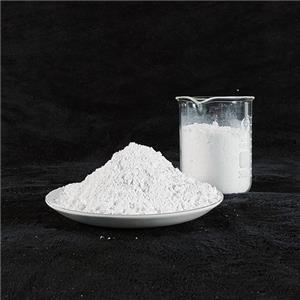
- Victory
- China
- Quantity(Tons) 1 - 10 11 - 40 41 - 100 >100 Est. Time(days) 5 7 15 To be negotiated
- 2000T/Month
1.Antimony trioxide for fire-resistant coating Reduces toxic smoke and fumes compared to some phosphorus-based retardants, improving safety in enclosed spaces.
2.Antimony trioxide for fire-resistant coating Promotes a protective char layer that insulates the underlying material, delaying structural damage during fires.
3.Antimony trioxide for fire-resistant coating Works effectively with halogenated resins (e.g., chlorinated rubber, PVC-based coatings) to significantly suppress combustion.
1. Introduction
Antimony trioxide (Sb₂O₃) is a highly effective flame-retardant synergist widely used in fireproof coatings to enhance fire resistance across various construction materials. When combined with halogenated compounds, it significantly improves the thermal barrier properties of coatings while maintaining their structural integrity.
2. Antimony Trioxide in Fire-Resistant Coatings: Mechanism and Benefits
2.1 Flame Retardant Mechanism
Sb₂O₃ works synergistically with halogenated resins (e.g., chlorinated rubber, epoxy, or acrylic binders) to:
Form antimony halides during combustion, which interrupt free radical chain reactions.
Promote char layer formation, slowing heat transfer and protecting the substrate.
Reduce smoke and toxic gas emissions, enhancing safety in enclosed spaces.
2.2 Key Advantages in Fireproof Coatings
√ High thermal stability (effective up to 600°C+)
√ Low smoke emission (critical for tunnels and indoor applications)
√ Cost-effective compared to intumescent or non-halogenated alternatives
√ Minimal impact on coating adhesion and flexibility
3. Key Applications of Antimony Trioxide in Fireproof Coatings
3.1 Fire-Resistant Coating for Steel Structures
Steel loses strength rapidly at high temperatures, making fireproof coatings essential for structural safety.
Role of antimony trioxide for fire-resistant coating for steel structure:
Antimony trioxide for fire-resistant coating for steel structure Used in epoxy- and chlorinated rubber-based coatings to delay steel deformation.
Antimony trioxide for fire-resistant coating for steel structure Enhances char formation, providing an insulating layer that slows heat transfer.
Antimony trioxide for fire-resistant coating for steel structure Meets ASTM E119 and UL 263 standards for fire endurance.
Benefits:
√ Extends fire resistance duration (60-120 minutes)
√ Protects structural integrity in high-rise buildings and industrial facilities
√ Compatible with water- and solvent-based coatings
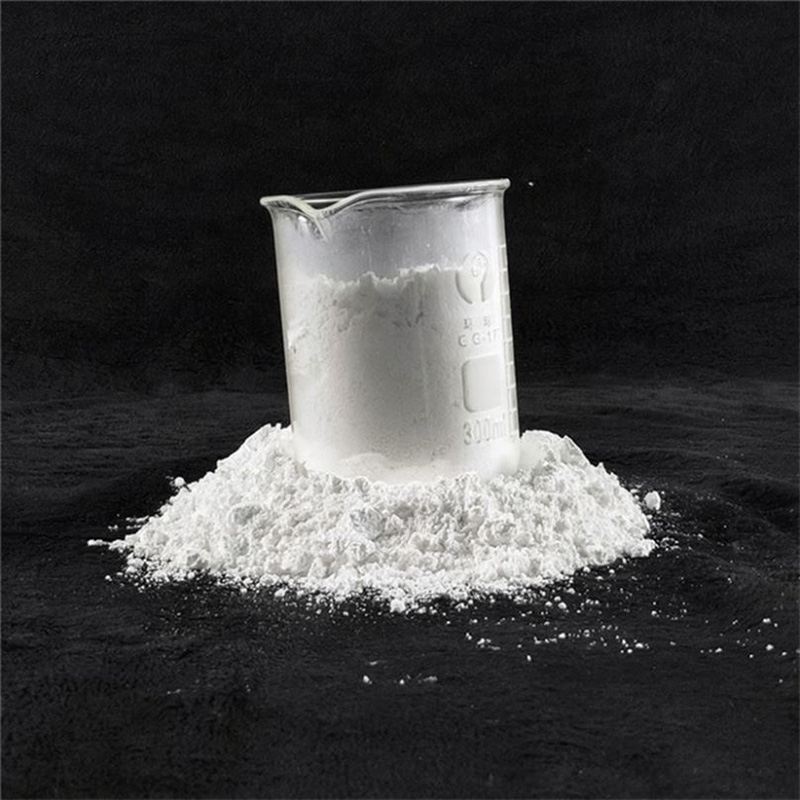
3.2 Fireproof Coating for Timber Structures
Wood is highly flammable, requiring specialized coatings to meet fire safety regulations.
Role of antimony trioxide for fire-resistant coating for Fireproof Coating for Timber Structures:
Antimony trioxide for fire-resistant coating for Fireproof Coating for Timber Structures Used in intumescent and acrylic-based fireproof paints for wood.
Antimony trioxide for fire-resistant coating for Fireproof Coating for Timber Structures Works with ammonium polyphosphate (APP) to enhance char expansion.
Antimony trioxide for fire-resistant coating for Fireproof Coating for Timber Structures Complies with EN 13501-1 (Euroclass B-s1,d0) for building materials.
Benefits:
√ Delays ignition and flame spread in wooden beams, panels, and facades
√ Maintains aesthetic appearance while improving fire resistance
√ Reduces toxic fume emission during combustion
3.3 Tunnel Fireproof Coating
Tunnels require coatings that resist extreme heat and minimize smoke for safe evacuation.
Role of antimony trioxide for fire-resistant coating for Tunnel fireproof coating:
Antimony trioxide for fire-resistant coating for Tunnel fireproof coating Incorporated in cementitious and epoxy-based tunnel coatings.
Antimony trioxide for fire-resistant coating for Tunnel fireproof coating Reduces smoke density (meets NFPA 502 standards for tunnel safety).
Antimony trioxide for fire-resistant coating for Tunnel fireproof coating Enhances fire endurance (up to RABT 30/60/120 fire curve requirements).
Benefits:
√ Prevents concrete spalling and structural collapse
√ Improves visibility during fires due to low smoke emission
√ Withstands hydrocarbon fires (critical for road and subway tunnels)
3.4 General Fire-Resistant Coatings
Sb₂O₃ is widely used in architectural, industrial, and marine fireproof coatings.
Applications Include:
√ Fireproof wall paints (for hotels, hospitals, and public buildings)
√ Industrial equipment coatings (pipelines, storage tanks)
√ Marine fireproofing (ship bulkheads and decks)
Benefits:
√ Meets GB 12441 (China) and BS 476 (UK) fire safety standards
√ Provides long-term durability against weathering and corrosion
√ Cost-effective solution for large-scale fire protection
| Item | Appearance | Antimony Trioxide (Sb2O3) | Density | Sb2O3 content | Other content(ATH/MDH/DBDPE/CaCO3 /Zinc borate) |
| Antimony composite powder-80 | White powder | 99.80% | 3.73g/cm³ | 80% | 20% |
| Antimony composite powder-90 | White powder | 99.80% | 3.73g/cm³ | 90% | 10% |
Company Introduction:
LIAONING VICTORY FIRE-RETARDANT MATERIAL TECHNOLOGY CO.,LTD. is a research and development, production and sales of integrated company mainly operate inorganic fire retardant and non-metallic mineral products.
Our main products contain Talc products, environmental flame retardants, such as Magnesium Hydroxide, Aluminium Hydroxide, Silica Flame Retardant and Composit Flame Retardant, CCM(MgO), Composit Magnesium Fertilizer,Antimony trioxide,Kaolin,Chlorite,CaCO3,Barite,Perlite,Fluorite,Titanium Dioxide and other non-metallic materials.
